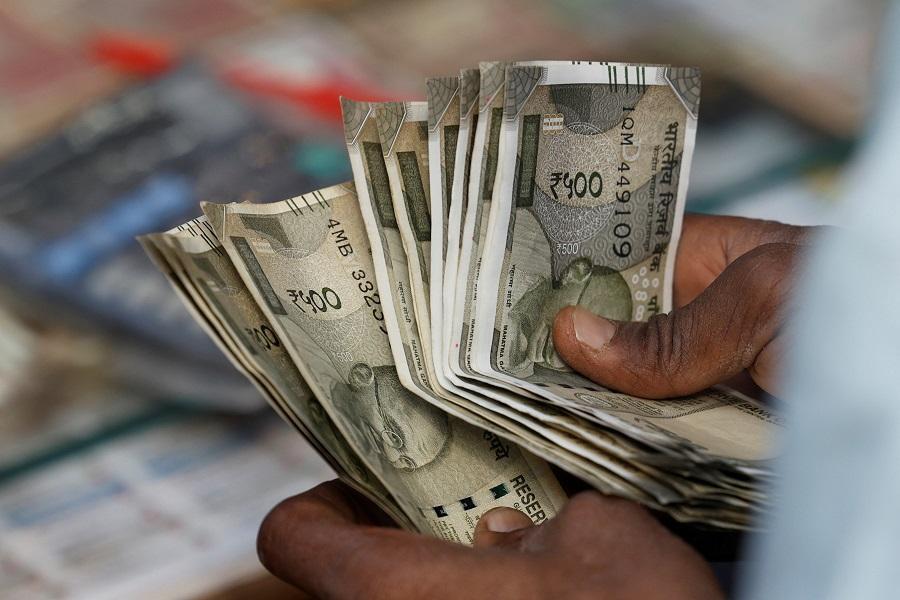
Rupee Set to Open Weaker as Trump Threatens 25% Tariff on Exports
The Indian rupee is expected to open weaker on Thursday after U.S. President Donald Trump threatened to impose a 25% tariff on Indian exports, despite ongoing talks between the two countries. The development has sent shockwaves through the financial markets, with traders anticipating that the Reserve Bank of India (RBI) may intervene to stabilize the currency.
The 1-month non-deliverable forward (NDF) market is indicating an opening range of 87.66-87.69 for the rupee, which is significantly weaker than its previous close of 87.42. The rupee has been under pressure in recent weeks, with the currency nearing its record low of 87.95.
The threat of a 25% tariff on Indian exports is a major concern for traders, who are worried about the impact it could have on the country’s economy. India is one of the largest recipients of U.S. foreign investment, and a tariff of this magnitude could lead to a significant decline in investment flows.
The Indian government has been trying to negotiate with the U.S. administration to resolve the trade dispute, but so far, there has been little progress. The 25% tariff would apply to a range of Indian exports, including textiles, chemicals, and pharmaceuticals.
The RBI has been actively intervening in the foreign exchange market to stabilize the rupee, and traders expect the central bank to continue its intervention in the coming days. The RBI has already intervened in the market several times this year to prevent the rupee from falling further.
The rupee’s weakness is also being driven by a surge in foreign portfolio outflows, which have been fueled by the ongoing trade tensions between the U.S. and China. The Chinese yuan has also been under pressure, and the weakness in the yuan has led to a decline in the value of other emerging market currencies, including the rupee.
The rupee’s weakness is also having an impact on other asset classes, including stocks and bonds. The benchmark S&P BSE Sensex has fallen sharply in recent weeks, and bond yields have risen as investors seek safer assets.
The RBI has been trying to contain the rupee’s weakness by intervening in the foreign exchange market, but the central bank’s efforts have been offset by the surge in foreign portfolio outflows. The RBI has also been trying to boost investor sentiment by cutting interest rates and implementing measures to boost economic growth.
Despite the challenges facing the rupee, many analysts believe that the currency will eventually stabilize once the trade tensions between the U.S. and India are resolved. The rupee has a history of recovering quickly from shocks, and many analysts believe that the currency will eventually regain its strength once the trade tensions are resolved.
In conclusion, the rupee is likely to open weaker on Thursday after U.S. President Trump threatened a 25% tariff on Indian exports. The RBI is expected to intervene in the foreign exchange market to stabilize the currency, but the central bank’s efforts may be offset by the surge in foreign portfolio outflows. Despite the challenges facing the rupee, many analysts believe that the currency will eventually stabilize once the trade tensions between the U.S. and India are resolved.






